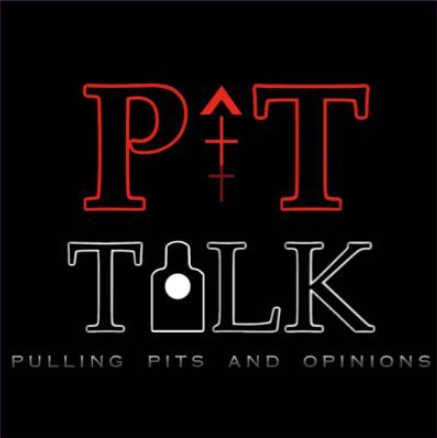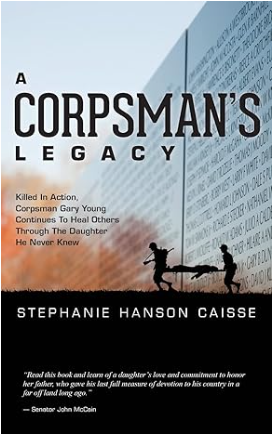When the Revolutionary War began, a debate ensued regarding the need for a Navy. One reason the colonies went to war with England was over the issue of taxation without representation. In order to fund a Navy, the newly formed “federal” government would need to raise money. Many colonies were apposed to such matters, but as the war progressed, a need for a Navy to stop British supply lines increased. Therefore, in October of 1775, the 2nd Continental Congress formed a Navy. Eight merchant ships in the Philadelphia Harbor were converted and outfitted with guns and officially became ships of the United States.
With the newly formed Navy, Congress now discussed the need for a Marine Corps. The British still had the strongest Navy and as previously discussed had a Marine Corps. In turn, Congress determined that the small American Navy too needed a Marine Corps. On 10 November 1775, Congress passed that two battalions of Marines be raised and to this date Marines around the globe meet on 10 November to celebrate the birth of the Corps.
First Commandant
With the formation of the Corps, the 2nd Continental Congress commissioned Samuel Nicholas, a Philadelphia merchant, as a Captain. As the senior Marine, Nicholas was ordered to raise the required number of Marines to form the two battalions. Although never officially called “commandant”, Nicholas is considered the first traditional Commandant of the Marine Corps.
Birthplace of The Marine Corps
Nicholas went throughout Philadelphia recruiting for his two battalions. It was difficult, however, to find individuals with a maritime background that wanted to serve. There was one particular venue, however, where 100 Rhode Island maritime men were recruited. This would be at the Tun Tavern in Philadelphia. Tun Tavern is now
recognized as the birthplace of the Marine Corps and was later established as the recruiting Headquarters of the newly formed Marine Corps.
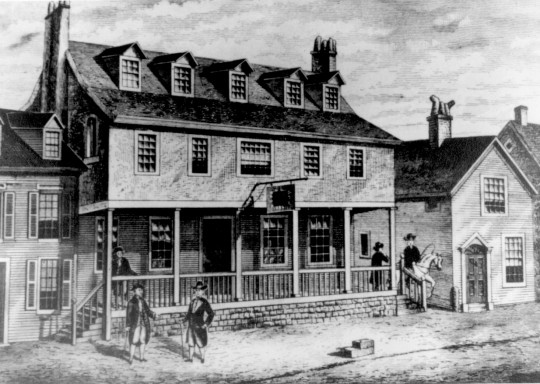
The owner of Tun Tavern, and a close personal friend of Samuel Nicholas, was Robert Mullen. Mullen was so successful in his recruiting exploits at Tun Tavern; he was commissioned a captain in the Marine Corps and is now known as the first recruiter in the history of our Corps.
Leatherneck
The Marines long-standing nickname “Leatherneck,” goes back to the leather collar, or
neckpiece, which was worn from 1775 to 1875, was intended to ensure the Marines kept their heads erect, and to protect their necks from sword slashes. The high collar on the blue dress uniforms commemorates it today.
Quatrefoil
The quatrefoil (cross-shaped braid atop officer frame-type “barracks” covers) has been worn ever since 1859. The design, of French origin, is a distinguishing part of the Marine Officer’s uniform. Popular belief is that in the mid-1800’s, crossed pieces of rope were sewn to the top of officer’s covers so that sharpshooters in the ship’s riggings could readily identify them.
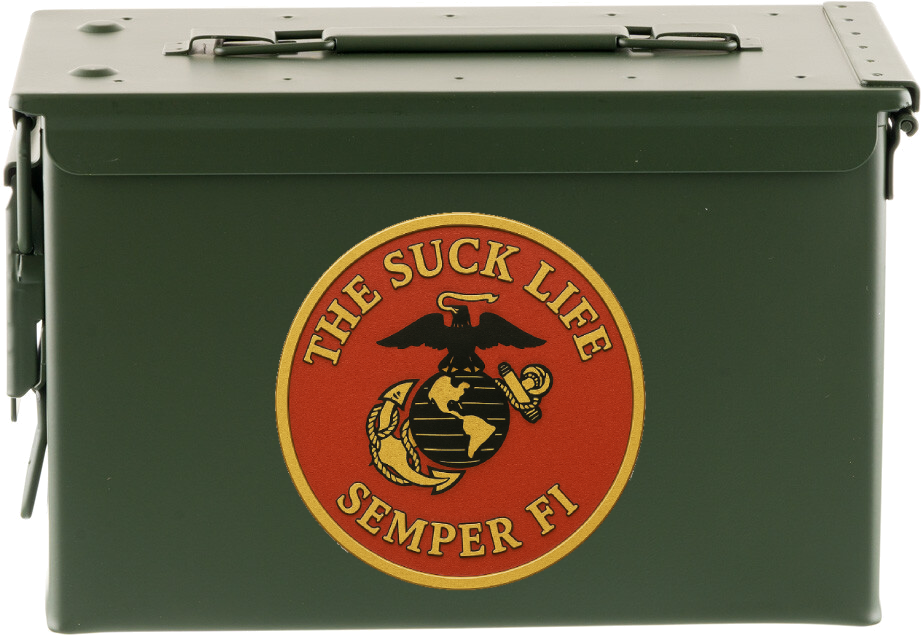
Ads suck. This site is 100% ad-free and reader-supported.
If this article added value to your day or meant something to you, toss a couple bucks in the ammo can to keep us in the fight. Thank you.



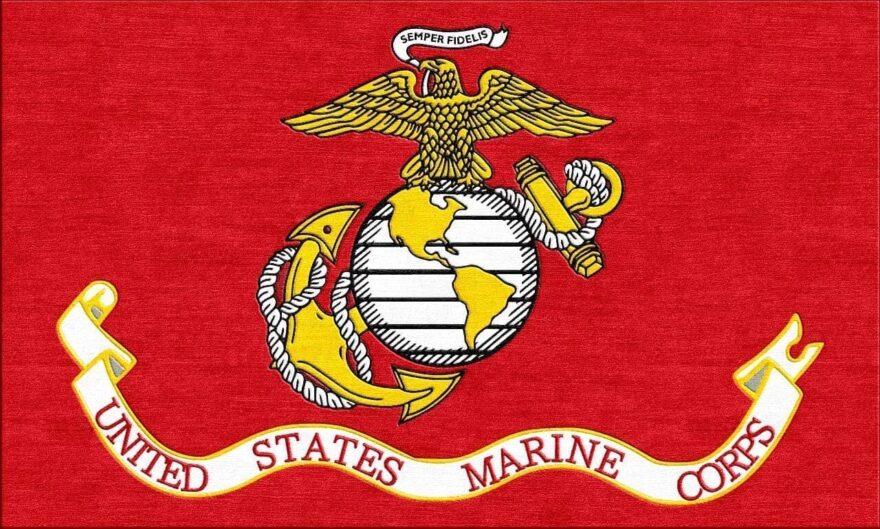
 Semper Fidelis
Semper Fidelis
